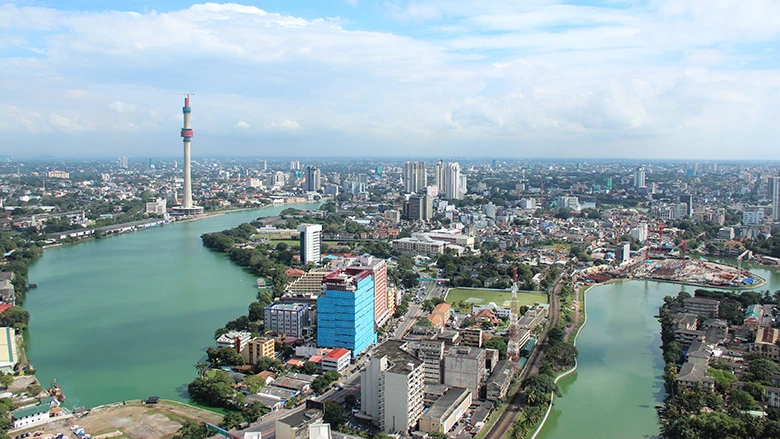How many school children can be endangered by the schools themselves? The answer was over 600,000 in metropolitan Lima alone.
In the region, fraught with frequent seismic activity, nearly two-thirds of schools were highly vulnerable to damage by earthquakes. Working with the Peruvian Ministry of Education (MINEDU), the World Bank and the Global Facility for Disaster Reduction and Recovery (GFDRR) conducted a risk assessment that ultimately helped make an estimated 2.5 million children safer and paved the way for a $3.1 billion national risk-reduction strategy.
Whether it is building safer schools or deploying early warning systems, disaster risk management is an integral part of caring for our most vulnerable, combating poverty, and protecting development gains.
Disaster risk management is a development imperative. Over the last 30 years, the world has lost an estimated $3.8 trillion to natural disasters. Disasters disproportionately affect the poor, threatening to roll back gains in economic and social wellbeing worldwide , and to undo decades of development progress overnight.
A recent World Bank report, Unbreakable, finds that natural disasters cost $520 billion in welfare losses and force up to 26 million people into poverty every year. And these trends will only get worse with the increasing impacts of climate change, which could push more than 100 million more people into extreme poverty by 2030.
Good development, which is disaster and climate-risk informed, can help address all three challenges – poverty, vulnerability, and disaster risk – and reduce the impacts of disasters on development gains by 80% or more.
That’s why the World Bank has been working to make disaster risk management a standard part of its development work. The World Bank has increased its annual financing for disaster risk management by more than 50% in four years, from $3.7 billion in FY12 to $5.5 billion in FY16.
We’re working with many partners across a range of critical areas in disaster risk management. Many will be highlighted this week at the 2017 Global Platform for Disaster Risk Reduction, the major international forum on disaster risk reduction. The GP 2017 will bring together 5,000 practitioners, policymakers, as well as leaders from academia, civil society, and the private sector. It offers an opportunity for the World Bank and GFDRR to share our experiences, build new partnerships, and strengthen existing collaboration around effective approaches to building the resilience of the most vulnerable countries and communities – which is core to the Bank’s mission of reducing extreme poverty and boosting shared prosperity.
To that end, Laura Tuck, World Bank Vice President for Sustainable Development, will lead the delegation and will participate in the high-level Leaders’ Forum that will feature world leaders, including Heads of State, Heads of Governments, senior ministers, CEOs, UN Executive Heads and community leaders to discuss key strategies to address the growing economic losses from disasters.
The conference enables us to move forward the relationships and programs that prepare countries for the increasing threat of climate change. Leading up to the conference, GFDRR’s Small Island States Resilience Initiative (SISRI) and the UN co-hosted the second meeting of a global practice group on resilience to climate and disaster risk in small island developing states. The workshop brought together practitioners from island states across the globe to compare experiences and learn from each other’s successes.
Meanwhile, GFDRR is working with the World Meteorological Organization (WMO), the Government of France, and UNISDR to implement the France-led Climate Risk and Early Warning Systems (CREWS) initiative. The program, which seeks to mobilize $100 million by 2020 to strengthen weather and climate services in developing countries, is highlighted at a GFDRR-led special session of the Multi-Hazard Early Warning Conference (May 22-23), taking place on the margins of the GP 2017.
We’re looking forward to another successful Global Platform, and hope you will join us in the exciting discussions throughout the week, in person or online. You can follow the events on Twitter through @GFDRR, @WBG_Cities, and @UNISDR, using the hashtag #MEXICOGP2017.




Join the Conversation